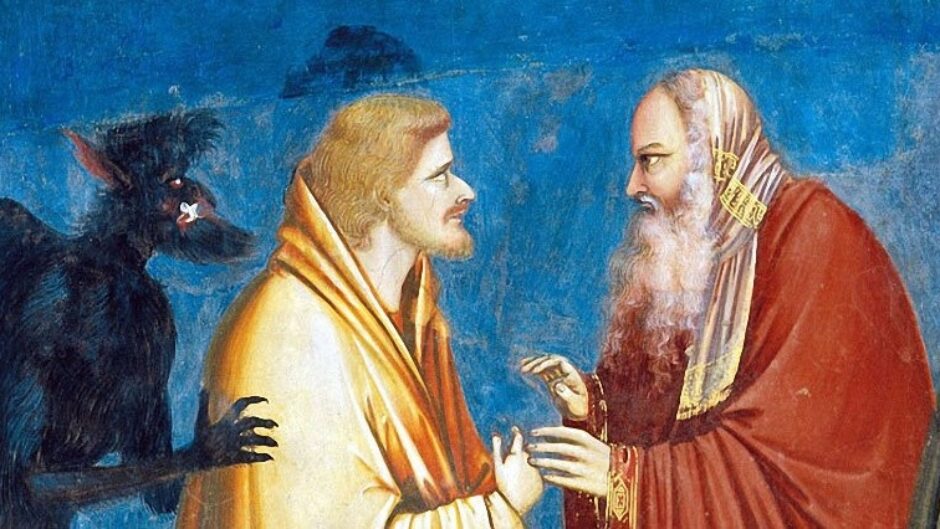That Giotto was ugly – indeed of proverbial ugliness – Boccaccio tells us in the Decameron. But was this really Giotto’s physical appearance? This paper will explain that the painter’s ugliness is a symbolic attribute of Giotto’s pictorial naturalism focused on the faithful imitation of the natural world, at the time juxtaposed to ideal beauty. Giotto’s ugliness, therefore, has more to do with Giotto’s art rather than with his own physical features. As a matter of fact, depicting an artist as an ugly individual is a recurring trope in the history of pictorial naturalism and art literature from the classical to the modern age.
Marco Ruffini is Professor of History of Art Criticism and Artistic Literature at Sapienza, University of Rome. He studied at Sapienza and the University of California, Berkeley. He has taught at Dartmouth College and Northwestern University. His studies focus on theoretical and methodological issues in thinking about the arts and the history of art history.
Organised by Dr Guido Rebecchini (The Courtauld)







